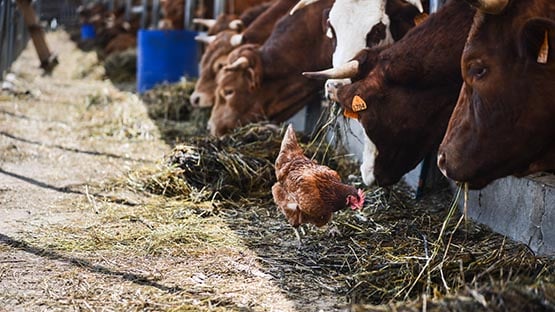
“I think urban agriculture is vitally important for our state, our city and our region,” Gillette said. “When we shorten the distance between farmers and consumers, it puts food in places where it historically has not been.”
Access to fresh, healthy food in urban areas was one of the topics addressed by various speakers. Dr. Jewel Hairston, Virginia State University’s dean of agriculture, told the summit participants a recent study found that more than 17 percent of Virginia’s residents don’t have ready access to healthy food.
The Virginia General Assembly commissioned VSU and Virginia Tech to lead a study of food deserts in the state. “According to the USDA, a food desert is an area that has limited access to fresh, healthy, nutritious food,” Hairston explained. “Those that live more than 1 mile from a grocery store in an urban area or rural residents who live more than 10 miles from a grocery store are considered to be in a food desert.”
The national rate for food deserts is 7.3 percent. Virginia’s rate is 17.8 percent, and Lynchburg’s is 26.4 percent, Hairston said.
Spencer Neale, chairman of the Virginia Food System Council and commodity marketing director for the Virginia Farm Bureau Federation, said the study findings “address the need for better access and distribution of food to people in those areas.”
Unfortunately, there are many barriers to increasing food security in cities. Anne Darby, a senior planner with the Richmond Regional Planning District Commission, said zoning ordinances and land availability are two major roadblocks she has encountered while working with the Richmond Mayor’s Food Policy Task Force to identify city-owned land suitable for urban agriculture projects. Available land in both rural and urban areas often is more valuable for housing than for growing food.
In the District of Columbia, DC Central Kitchen started a program called Healthy Corners that works with corner convenience store owners to offer fresh produce in areas identified as food deserts. Jannell Walker, director of nutrition and community outreach for the organization, noted that even when healthy food is available, consumers sometimes don’t know how to prepare it. So education, Walker said, is a critical component of increasing access.










